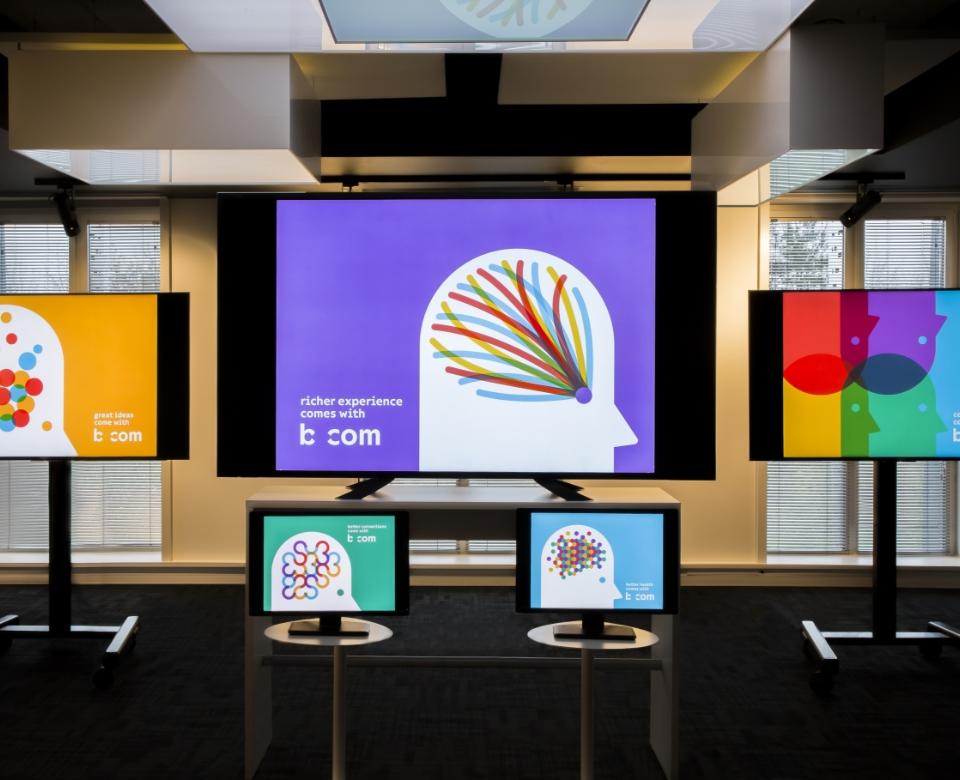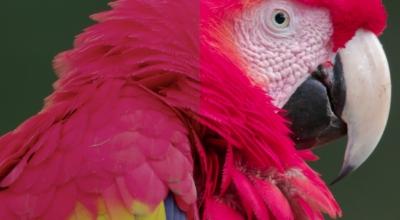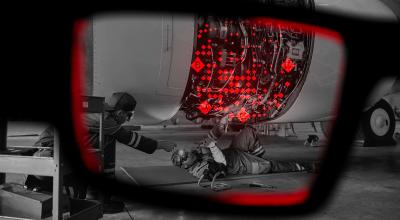09.23.2022
Regroupement d'Activités de la Main Non-étiquetées
Nous proposons, dans cet article, une nouvelle approche qui utilise l'adaptation de domaine non supervisée (UDA) pour le regroupement d'activités de la main non étiquetées, c'est à dire le regroupement d'activités similaires dans des groupes distincts. L'approche proposée vise à exploiter les connaissances tirées des échantillons étiquetés du domaine source pour catégoriser les échantillons non…
read the publication






